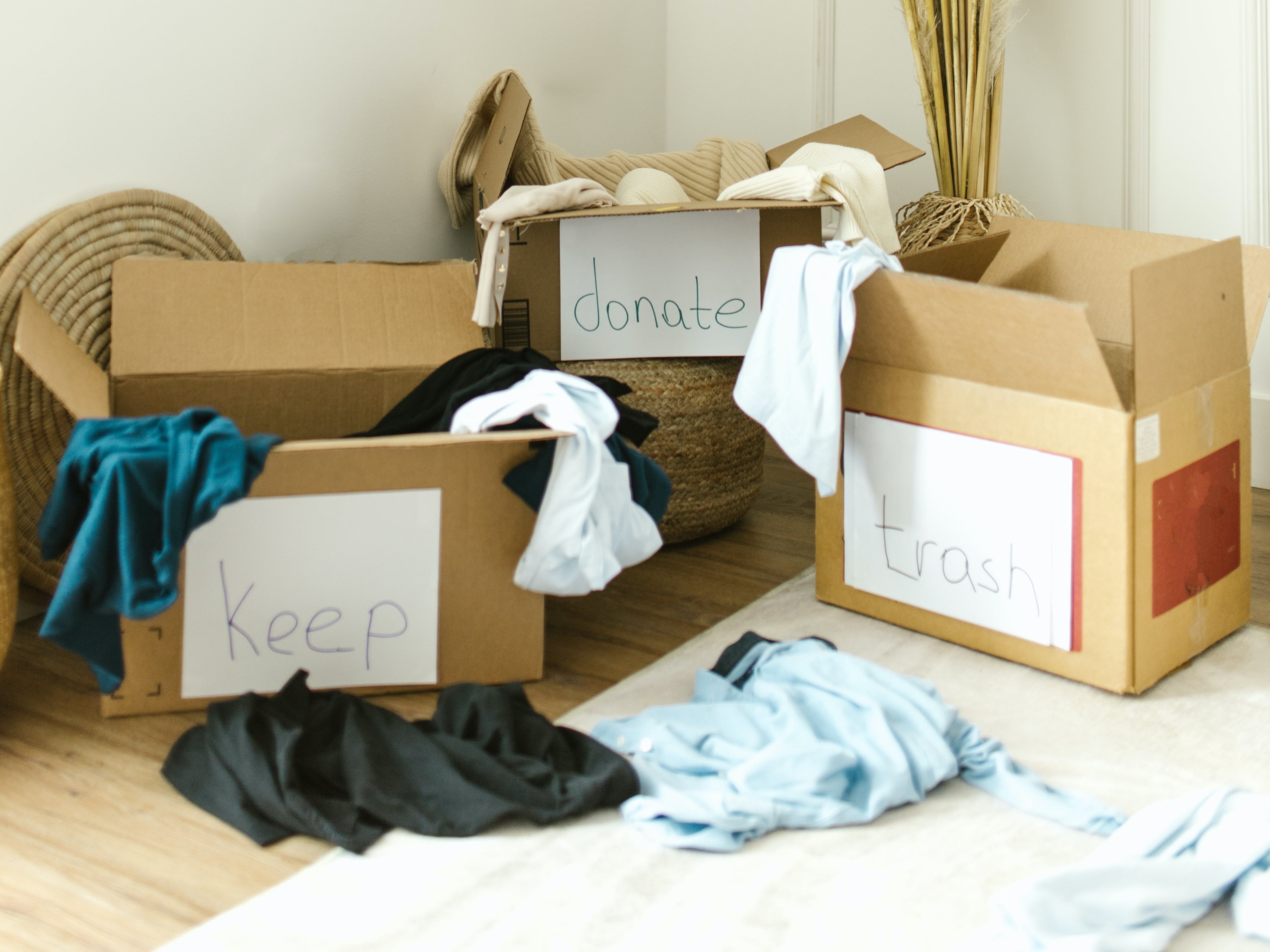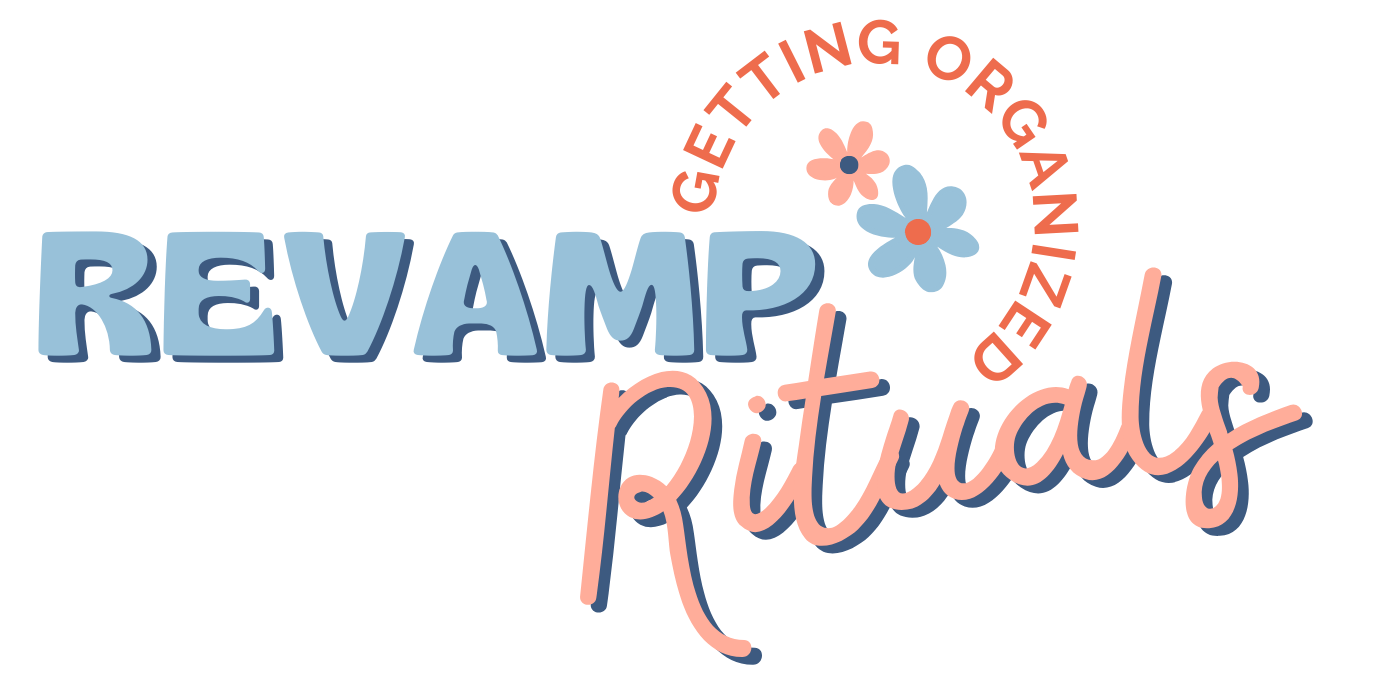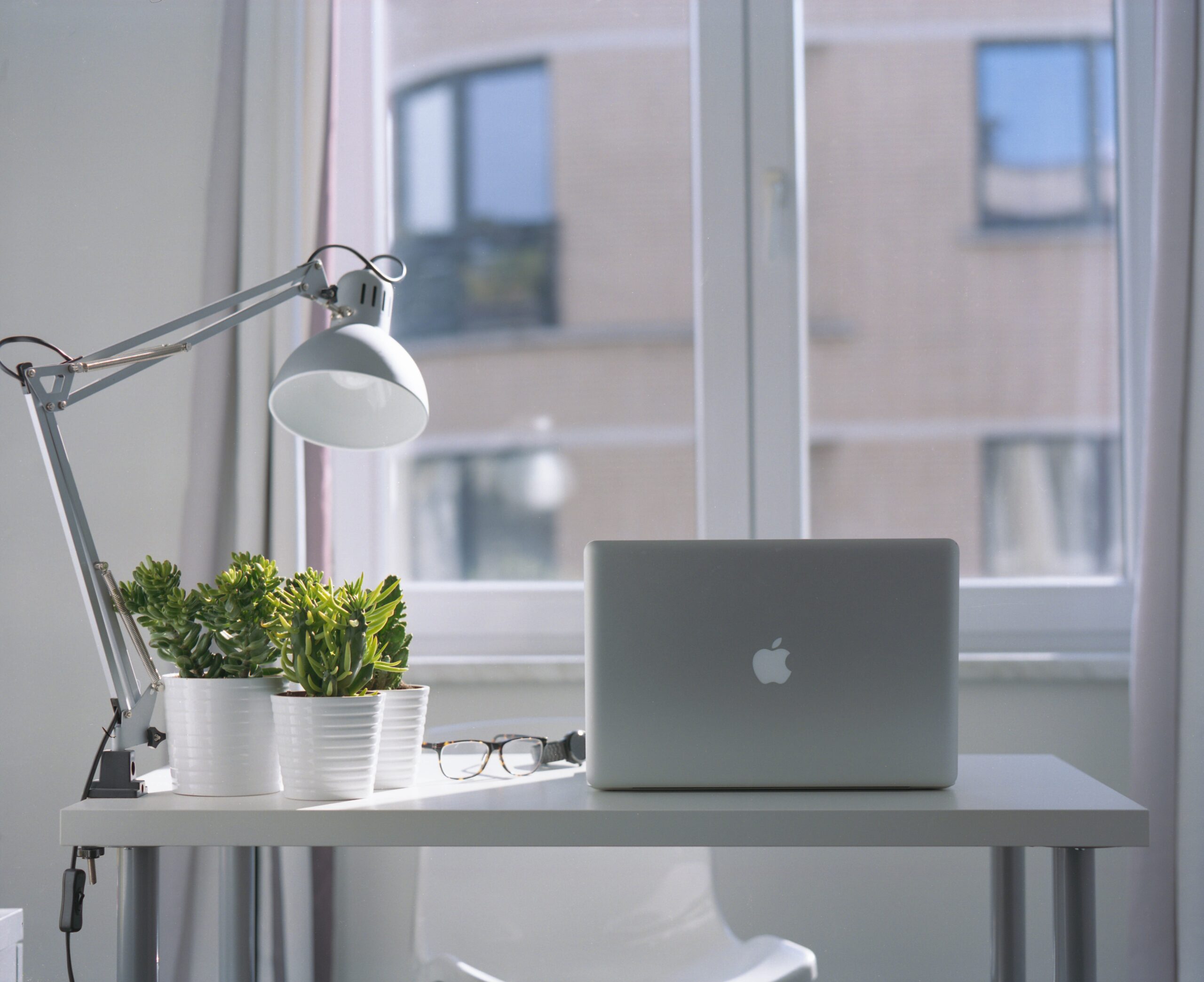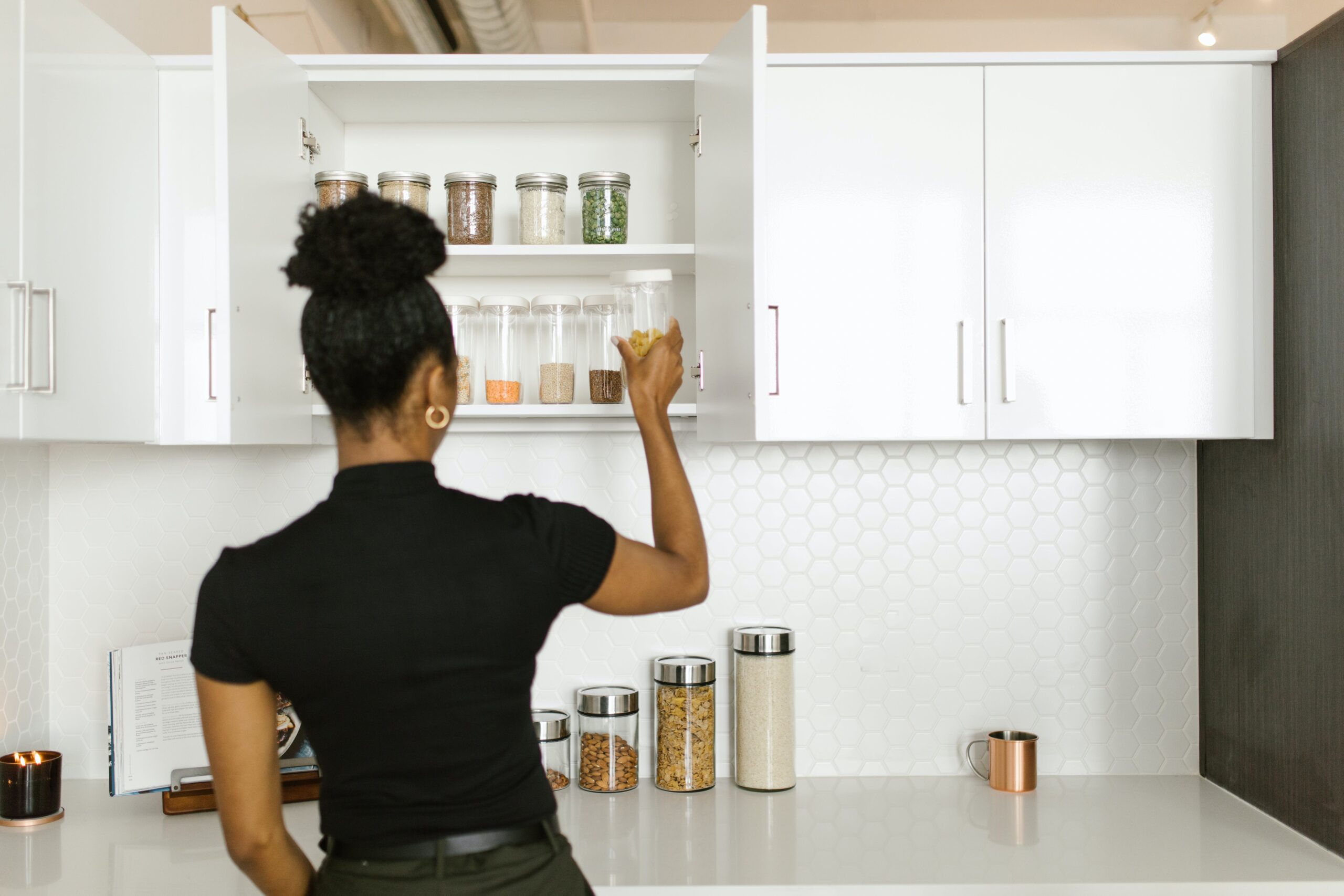Easy Steps for a Clutter-Free Home
Feeling the urge to declutter but not sure how to begin? Making the decision to clear the clutter and simplify your life is commendable. You’ve likely read about the benefits of decluttering and are excited to experience them firsthand.
However, faced with the reality of the amount of stuff you own, you might wonder, “How do I even start decluttering?”
This post provides a detailed plan, making the process manageable and achievable.
How to Start Decluttering:
1. Define Your “Why”
The first crucial step in learning how to declutter is understanding why you want to declutter in the first place. Your end goal serves as motivation throughout the process.
There’s no denying that the physical, mental, and emotional challenges of clearing a lifetime’s worth of clutter from your home can be daunting. You might encounter moments of discouragement, distraction, overwhelm, or even thoughts of giving up.
However, maintaining a clear understanding of why you want to declutter is paramount to staying focused and completing the task.
Start with your end goal in mind.
Ask yourself: Why do you want to declutter? What ultimate objectives do you hope to achieve by clearing the clutter and simplifying? What aspects of your life do you aim to create more time and space for?
There is no right or wrong “why.” Whether your objective is to increase happiness in your home, spend more time with family, manage and lessen anxiety, or devote more time to activities you enjoy, it all comes down to what YOU hope to achieve by decluttering.
Continuously revisit your “why” as you navigate the decluttering process. This exercise helps make organizing easier and keeps you motivated to finish the task. Instead of questioning whether you love or use an item enough to keep it, consider whether keeping that item aligns with your overarching “why.”
Quick Tip: Keep coming back to your “why” to stay motivated and make better decluttering decisions.
2. Create a Decluttering Plan
Give yourself a clear plan to follow during the decluttering process. This minimizes roadblocks and makes it easier to dive into actual decluttering. The more details you can iron out in advance, the fewer obstacles you’ll encounter along the way.
Beyond that, a well-thought-out plan streamlines the actual decluttering when your sessions begin. Rather than spending time each decluttering session figuring out what needs to be done, a comprehensive plan enables you to dive right into the task.
Your decluttering plan should encompass key details such as the specific areas you intend to declutter, the scheduled times for decluttering, and the strategies for handling the items you’re parting with.
Your can also use our Decluttering Binder to help you make a plan.
Caution: While planning is essential, don’t get too caught up in it. The plan is a tool to aid your work, not replace it. Make sure you don’t spend too much time planning and forget to actually declutter!
Include in Your Plan:
- Where to declutter
- When to declutter
- What to do with items you’re removing
Where
Determining where to begin your decluttering journey is a significant challenge, and selecting the right starting point is crucial. There are a few options to consider. Finding the one that suits you best, or a combination of all three, is essential.
Option One: Start Somewhere Easy
This approach (which is my personal favorite) involves initiating decluttering in a more straightforward space. Decluttering is a skill that improves with practice, and beginning in an less complicated area allows you to build on your decluttering abilities. Starting with smaller, less emotionally charged spaces, such as the bathroom, pantry, coat closet, or junk drawer, makes decision-making more rational and less overwhelming. As you progress, you strengthen your abilities, making it easier to tackle more challenging areas like storage rooms or sentimental items.
Option Two: Address Stressful Spaces
Another option is to confront spaces in your home that cause daily stress, such as an overflowing playroom, a cluttered kitchen, or an overstuffed closet. While this approach immediately alleviates significant stressors, it can be overwhelming, especially if attempted before honing your decluttering skills.
Option Three: Begin with High-Traffic Areas
The third option involves starting with high-use or high-traffic areas like the kitchen, entryway, or laundry room. Clearing clutter from these spaces provides immediate benefits, making them easier to use and maintain.
Once you’ve chosen your preferred option, create a decluttering plan by listing each area of your home you intend to declutter in a specific order. Whether you opt for a general room-by-room approach or break down each room into smaller projects, having a detailed plan ensures a smooth and organized decluttering process. This eliminates the need to spend time before each session figuring out where to start, allowing you to refer to your list and seamlessly move from one space to the next.
Quick Tip: Make a list of areas in the order you’ll declutter to simplify the process.
When
The next step in your decluttering strategy involves choosing a time for the decluttering sessions. Usually, one of the two methods is used, although sometimes both are integrated.
Once again, evaluate what aligns with your lifestyle, schedule, and preferences to ensure a successful decluttering experience that complements your needs. Regardless of your choice, accountability is crucial. Treat decluttering as a priority by scheduling dedicated time for it, making appointments with yourself, and valuing these commitments just like any other on your calendar.
Choose between a slow and steady approach, doing a little often, or setting aside dedicated time for faster progress.
Option One: Slow and Steady
The first approach involves a gradual and consistent method, incorporating small, regular decluttering sessions. This could entail dedicating 10 minutes each day or addressing one drawer, shelf, or basket daily. This option is effective in breaking down the task into more manageable portions, especially suitable for individuals with busy schedules. Consistency is key, as regular, small efforts accumulate over time, contributing to significant progress in achieving your decluttering goals.
Option Two: Decluttering Fast
The second option entails allocating larger time blocks to swiftly tackle clutter. This may involve dedicating a weekend or a few weekends to intensive decluttering, or setting aside a few hours weekly for a focused decluttering session. This approach is beneficial for those with imminent deadlines, such as impending moves, or for those seeking a rapid completion of the decluttering process. To avoid burnout, it is essential to prepare yourself, as the initial chaos might get worse before things get better. During a major decluttering effort, careful pacing is necessary to prevent ending up with a bigger mess than when you started.
Quick Tip: Hold yourself accountable by treating decluttering sessions as essential appointments.
What
Making a decision about what to do with the things you are getting rid of is the next step in your decluttering strategy.
Your hard work may be undone if you don’t know what to do with the stuff you’re getting rid of. It can accumulate in your home, creating chaos and stress, and it can also spread back out over the house.
Preemptively establish a plan detailing where you intend to donate, sell, or consign items, as well as how to manage trash. Having a clear plan in place will facilitate the prompt and effortless removal of these items from your home during the decluttering process.
Quick Tip: Decide in advance what to do with items you’re getting rid of to avoid clutter piling up again.
3. Gather Your Supplies
It’s time to start your clutter-removal journey now that you have a decluttering plan in place!
When you start the decluttering process in a particular zone, make sure you have four boxes, baskets, or bags on hand. Sort your belongings into four categories: trash, donations, items meant for sale, and items that belong in the room.
These specific containers make decluttering easier by giving the things you are taking out of the room a place to go.
Introduce a box or basket dedicated to things that need to be put away somewhere else to help you concentrate better when you’re decluttering. This preventive step aids in avoiding distractions. It’s common to start in one room, find things that need to be moved, try to put them away, and then get distracted by something else or another room, which impedes the decluttering process overall. Put these things down, concentrate on clearing the current area, and deal with packing things away after the main clearing is finished!
Quick Tip: Prepare four containers for trash, donations, items to sell, and things to put away. This streamlines the decluttering process.

4. Follow Your Plan
This is the phase where the true decluttering kicks off!
Start off the decluttering process in the designated area of your house that you established when creating your plan. Proceed methodically, going through each room in your house in the order specified in your decluttering plan.
You can use the following advice to help you on your decluttering journey:
Clear the area where you’re working.
A highly effective decluttering strategy involves emptying the entire space you’re focusing on. While this may initially appear labor-intensive, starting with a clean slate is the optimal way to declutter.
For instance, remove everything from a drawer, cupboard, shelf, or the designated space, and systematically sift through the items. This method minimizes the likelihood of overlooking items or retaining them by default, as each item is consciously assessed before being returned to the space.
During this process, shift your perspective from what you’re discarding to what you’re retaining. Rather than viewing decluttering as a loss, concentrate on preserving the items you genuinely love, use, and need. This mental shift makes it significantly easier to part with non-essential items.
After you have finished decluttering, arrange the things you have kept in the room in a way that suits you. The appeal of organizing after decluttering is that it’s much easier to stay organized when there’s less clutter to deal with!
Important things to think about when decluttering
- Do you use the item often?
- Do you cherish this item?
- Does this item make your life better?
- Is the time and space this item uses up worth it?
The answers to these four crucial questions will help you decide which things belong in your house. If you are still unsure about a particular item, you can look into more decluttering questions here for more advice.
8. Celebrate and Repeat
When you’ve successfully finished the decluttering plan for every space that was assigned, it’s time to celebrate and give yourself a pat on the back!
After this celebration, you may feel compelled to start the procedure over. A lot of people go through several decluttering cycles before they have a home that’s in line with their ideal amount of stuff. It’s crucial to understand that decluttering is a skill that gets better with practice.
After experiencing the advantages of a clutter-free environment, you might find that you have more willingness or capacity to part with things. Although it’s not necessary to jump into the next round of decluttering right away, it’s a good idea to take a moment to appreciate the progress that has been made. Recognize that doing several decluttering sessions is a normal and worthwhile aspect of the constant process.
9. Regular Decluttering Maintenance
Cleaning out clutter is a continuous process rather than an occasional or one-time event.
The things you have change over time in line with your needs, hobbies, habits, and environments. New items enter your home on a regular basis. You may even find that as time goes on and you begin to see the perks of a less demanding home, you feel more inspired to keep simplifying.
Maintaining your clutter-free spaces requires regular maintenance. Luckily, these maintenance sessions become much more efficient and simple once a thorough decluttering is finished. Make a quick inventory of everything in your home and get rid of anything you don’t need, want, or use.
Remember, the benefits of a simplified home are worth the effort. Happy decluttering!


